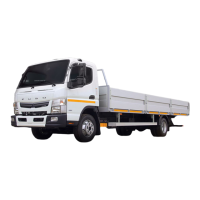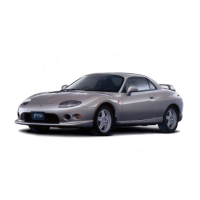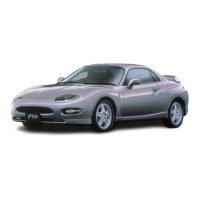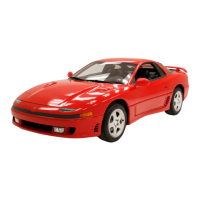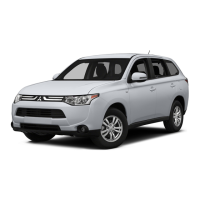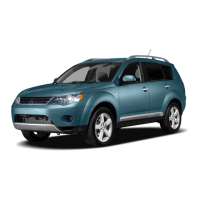12-53
Standard inflation pressure
• There is a plate affixed to the driver’s door pillar
indicating standard inflation pressure.
CAUTION
• Your vehicle’s tires will heat up during use,
with a corresponding increase in air pres-
sure. This is normal; do not release air from
the tires when they are hot.
Always check tire pressures before driving,
when the tires are cold.
• Pay particularly close attention to the air
pressure in new tires. New tires tend to
stretch slightly as they settle, with a corre-
sponding decrease in air pressure.
• Never fail to install tire valve caps after
checking or adjusting the air pressure.
Unless the valve caps are replaced, foreign
matter may interfere with the valves and
cause air to leak out.
Model
Tire size
Inflation pressure
kPa (psi, kgf/cm
2
)
FE84
LT215/85R16-10PR
(Load Range E)
550 (80, 5.5)
FE85
215/75R17.5 124/
123L (Load Range F)
690 (100, 7.0)
FG
LT235/85R16-10PR
(Load Range E)
550 (80, 5.5)
WARNING
• Excessively low or high tire pressures not
only give a poor ride but also could cause
cargo to be damaged. Under-inflated or
over-inflated tires are also very dangerous
and can be easily damaged. Moreover, if
the pressure is too low, tires could over-
heat and burst.
• Both the inner and outer tires on dual
wheels should be inflated to the same
pressure.
• You need not increase tire pressure before
high-speed driving.
• Tires should be handled with care due to
their high internal air pressure.
Z10802
FEFG.book Page 53 Thursday, March 10, 2005 7:30 PM

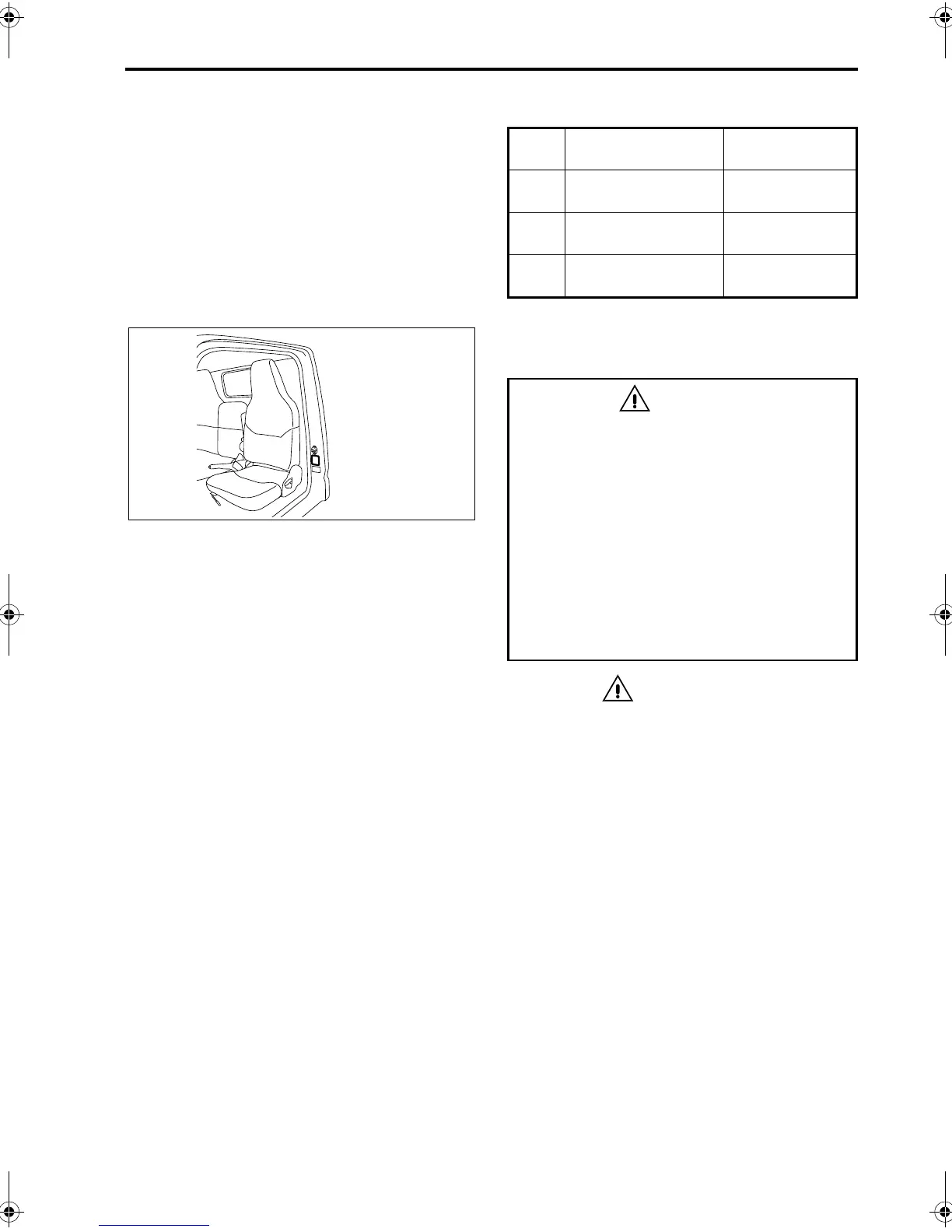